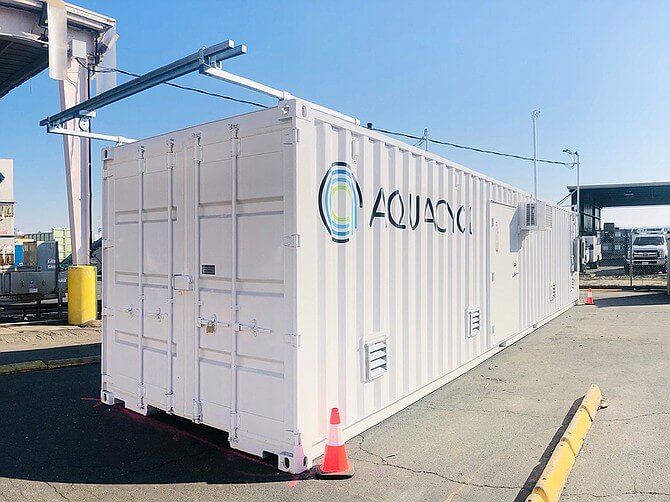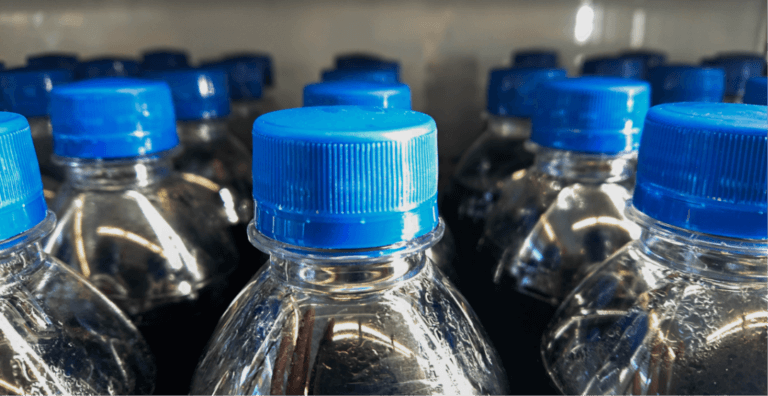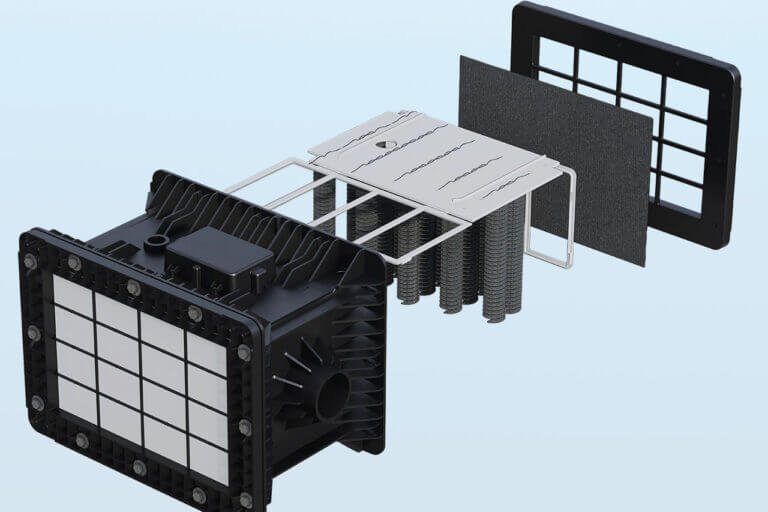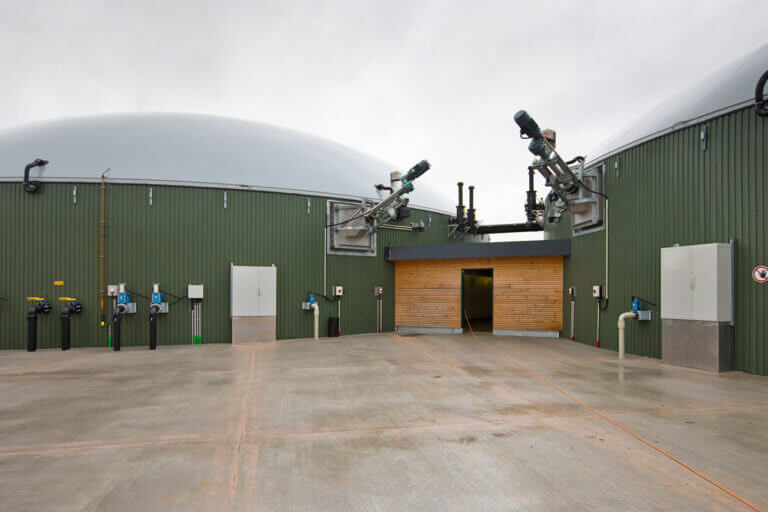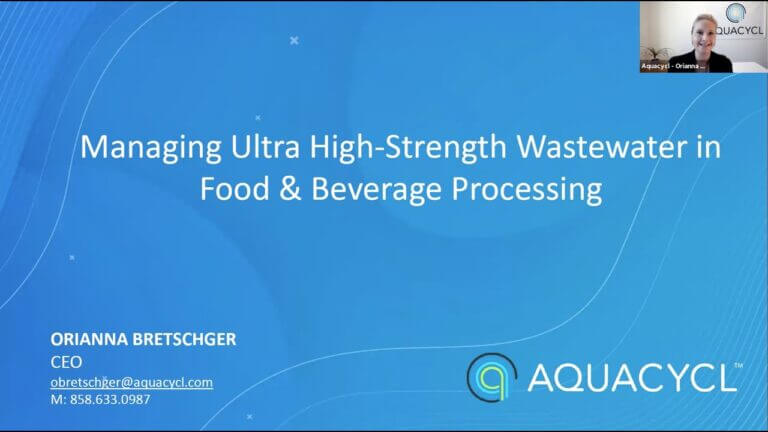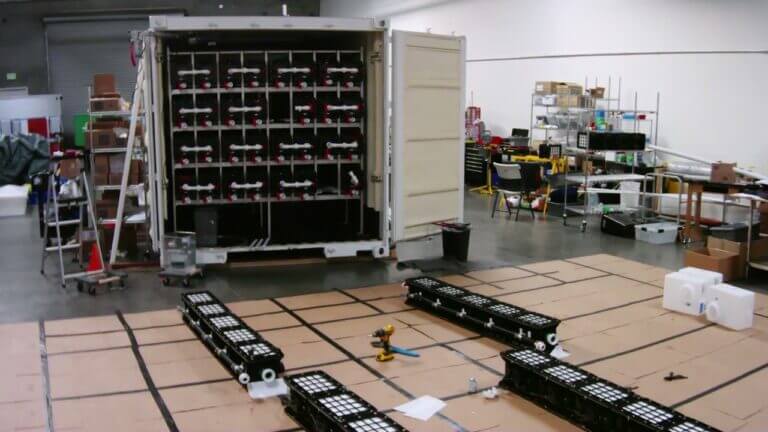Sidestreaming can make managing your company’s wastewater easier, more affordable, and more efficient. Sidestreaming refers to the practice of diverting portions of the wastewater and pre-treating the water or removing it from the site before introducing the sidestream water back into the mainstream of the wastewater treatment facility. This is usually used on the “dirtiest” 20 percent or so of the water, the water that has the highest concentration of biological oxygen demand (BOD).
Sidestreaming can be done in a variety of ways. You can allow the particles to settle in the water and skim off the top of the stream, sending it directly to the main treatment plant. This allows you to pre-treat the dirty, bottom portion of the stream before sending it onward. Alternatively, you can divert wastewater from the production lines that you know have a heavier concentration of solids or other pollutants and treating that diverted water separately.
By focusing on the most concentrated water, you have a cleaner mix in the treatment plant, and you don’t have to worry about expensive and unpredictable surcharges for peaks in your BOD concentration.
How can sidestreams improve wastewater management?
There are numerous good reasons for incorporating sidestreams (or diversions) into your wastewater management plan. Sidestream treatments are more resource friendly and consume less energy because you are treating less water. This system can also help when dealing with production variability since your dirtiest streams will be removed before they reach the treatment station (eliminating potential problems of toxicity events downstream).
Traditionally, there have been two ways to deal with these sidestreams–dilute the water or truck it off-site. Diluting means adding clean(er) water back into the wastewater to prevent treatment upsets, and it runs counter to a company’s water reduction goals. The reality is that it can be the only option as water use declines and wastewater concentration increases. The other option is trucking these problematic streams offsite for landfilling, incineration, land application or treatment at another utility. Some companies we talk to spend upwards of $1M per year per facility on trucking, This practice poses several risks such as supply chain disruptions, cost escalation, and the potential for spills.
However, new advances make it possible to treat the sidestream onsite in a cost-effective and sustainable way.
Your options for sidestreams
So, how do you adopt sidestreaming as part of your wastewater management program? The answer depends on your current setup.
Replumbing an existing facility to accommodate stream separation is expensive and difficult. You need to alter your infrastructure to handle sidestreams and find a way to tie these streams into your main wastewater facility. There are a couple of options for sidestream sensors. If your wastewater has a high sugar content, you’ll want to use BRIX sensors that divert wastewater batches with a high sugar content to a separate processing area.
For other types of wastewater, you can divert the first few washes to a sidestream and use sensors that measure based on the clean in place (CIP) results. Either way, you’ll need plumbing to support these functions, which is generally easier to do with new construction than with adapting an existing facility.
If you are building a new facility, it is best to set up your system so that multiple streams can be diverted from the main wastewater flow. This starts with understanding the production process, and where there are opportunities for diversion based on higher concentrations.
Another way to do this is to concentrate the lower strength streams and take the brine (or the concentrate) for treatment. The rest can be minimally treated for reuse or discharge. You can create this concentration by using a membrane-based technology. This membrane works something like a screen. The smaller the pores, the more particles get caught in the process and the less that get through, resulting in cleaner water.
Challenges with sidestreams
There are numerous benefits to stream separation, such as savings on compliance fees and avoiding large slugs that are caused by production variation or bad batches. However, sidestreaming is not without its challenges. As mentioned above, refitting your existing infrastructure to be able to handle sidestreams can be complex and expensive. No one wants to redo existing wastewater plumbing, which is disruptive, costly and not practical in most situations. In addition, most companies that we talk to don’t have a firm idea of what they “put down the drain,” both in composition and variability.
For companies that are already diverting and trucking, they are usually forced to do this to avoid costly surcharges from the utility, upsets to existing onsite treatment, or to maintain permit compliance. However, the challenge with trucking is that it adds up quickly, and can be logistically challenging.
Despite these challenges, sidestreaming can be a very worthwhile method of handling your company’s wastewater. Rethinking how you deal with wastewater can yield substantial time and cost savings. Especially if you treat diverted streams with Aquacycl’s technology.
Sidestream wastewater treatment with Aquacycl
Aquacycl makes it easy to take advantage of the many benefits of sidestream wastewater treatment without having to retrofit your existing infrastructure or build a new facility. Our bioelectrochemical treatment makes any downstream treatment operate more efficiently, with lower greenhouse gas emissions, sludge, and no CapEx. We take the high-concentrate wastewater that other systems can’t handle without dilution, treating streams up to 200,000 mg/L Biological Oxygen Demand or BOD.
Our view of sidestream wastewater treatment is a new, thinking “out-of-the-box” solution to wastewater treatment. It involves only treating these high-strength streams, rather than everything. Our view is that the “solution to pollution is no longer dilution“. Why treat everything the same, when you can treat the dirtiest wastewater separately?
From an operational point of view, Aquacycl guarantees permit compliance for wastewater discharge at a cost that’s between 20 to 60 percent lower cost than alternative options. Our process provides flexibility to adapt to changing business conditions, and doesn’t require a lot of labor, time, or energy from the client. And we do all of this without any risk to your company. We have performance guarantees that deliver permit compliance.
We invite you to think differently about wastewater, and see how diverting high-strength streams can save you money while delivering the result you need to meet permit compliance in a cost-effective, sustainable way. To learn more about our unique and affordable onsite industrial wastewater pretreatment system, contact us!




